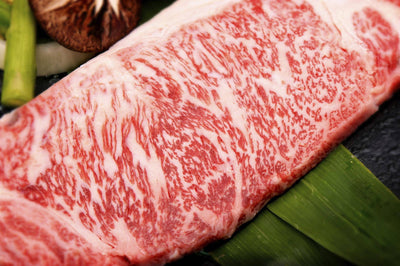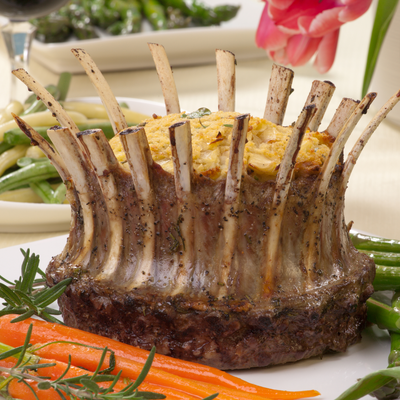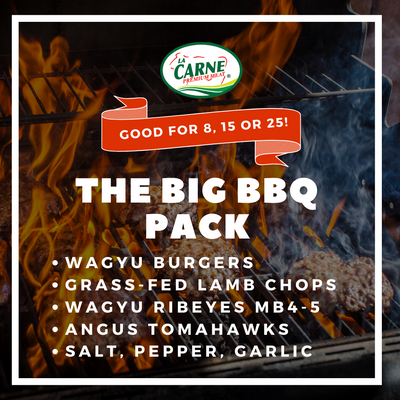Best Meat Practice
At La Carne, our Why is "we believe everybody can cook great meat". Here are our tips and some techniques to help you get the most value out of your money.
Got more questions? Simply send us a private message on instagram at @lacarneuae or call/whatsapp our hotline +97158 500 MEAT (6328).
Meaty regards,
The La Carne Team
© 2023, Asia Gulf Trading LLC. All rights reserved.



















